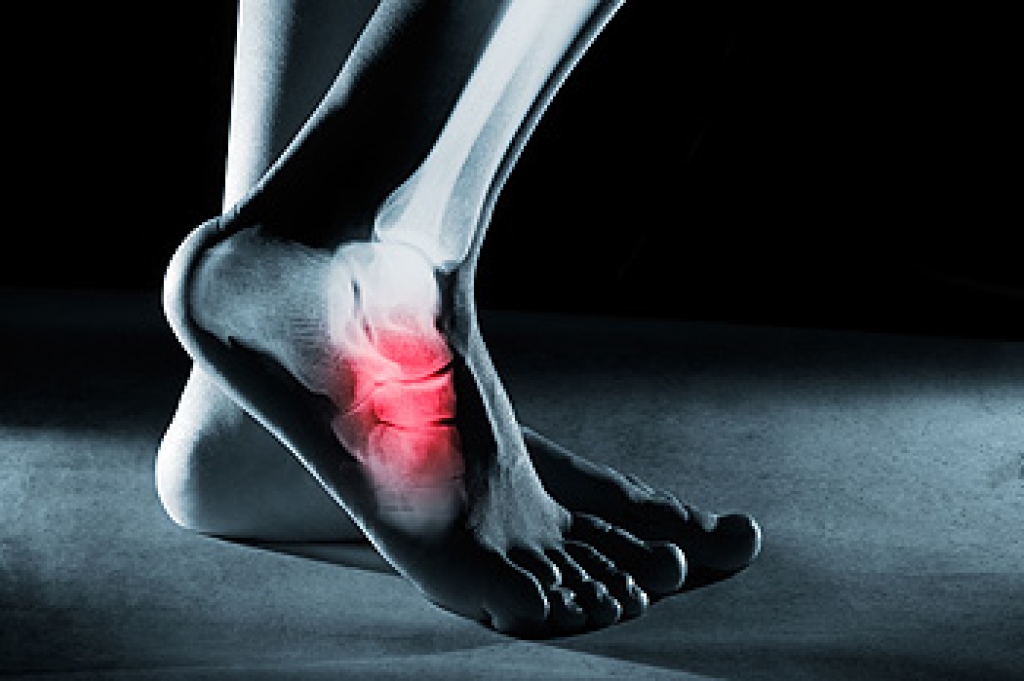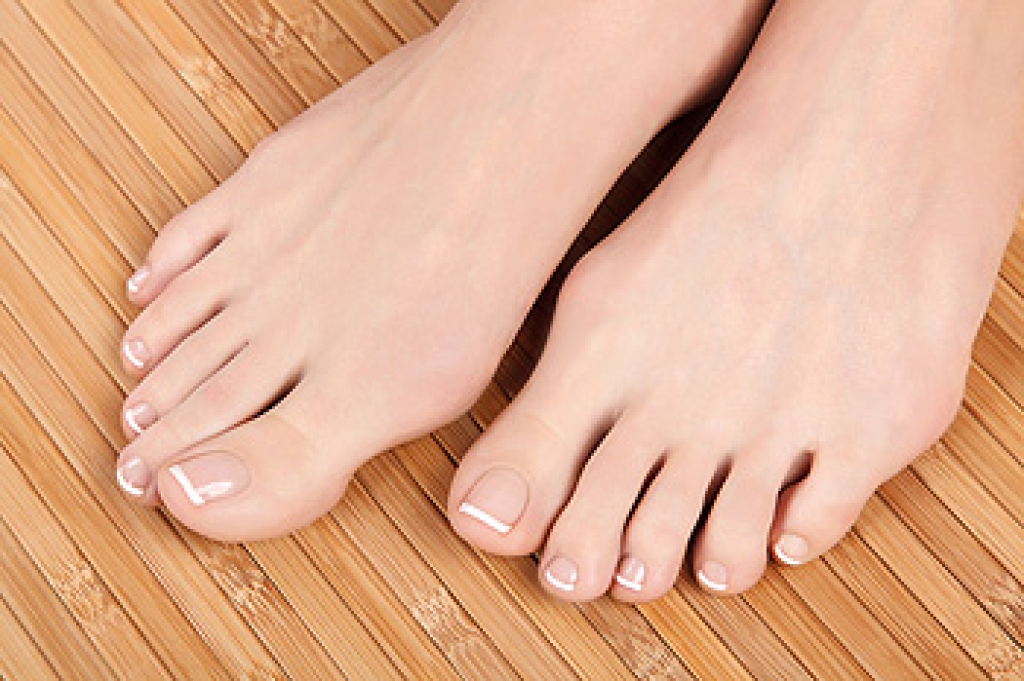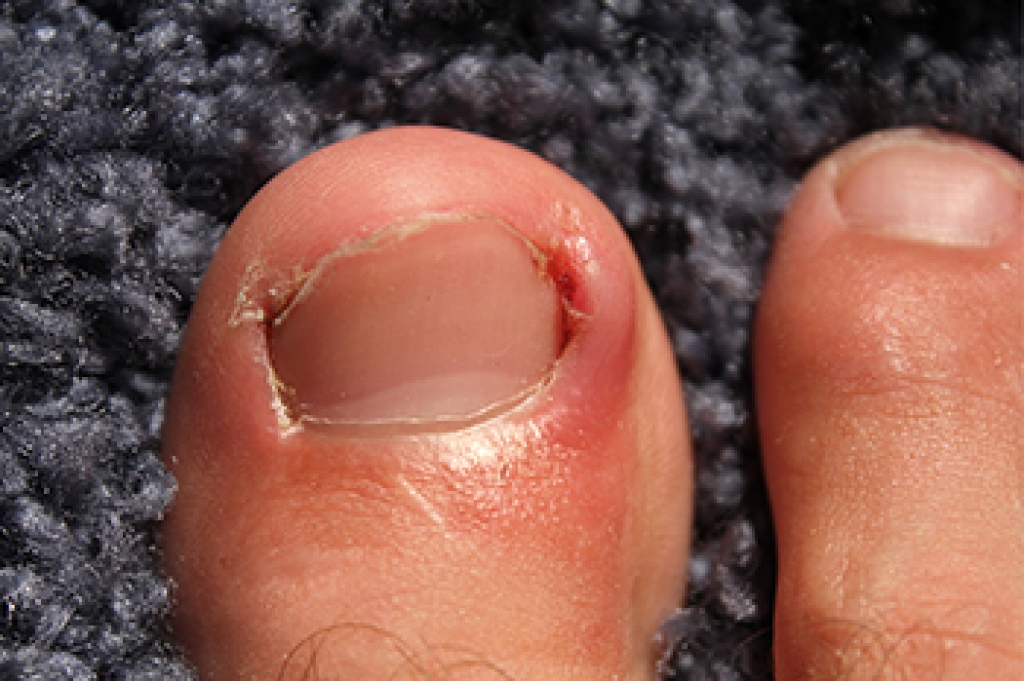
A foot stress fracture is a small crack in a bone caused by repetitive force rather than a sudden injury. These injuries often occur in athletes, runners, or anyone who increase activity levels too quickly without proper conditioning. Causes include overuse, improper footwear, and activities that put repeated pressure on the foot. Risk factors include osteoporosis, low bone density, and poor nutrition. Symptoms consist of pain that worsens with activity, swelling, tenderness, and discomfort when bearing weight. Relief often involves rest, more supportive footwear, and avoiding high impact movements until healing occurs. If you have sustained a foot stress fracture, it is suggested that you consult a podiatrist who can offer effective treatment solutions.
Activities where too much pressure is put on the feet can cause stress fractures. To learn more, contact Tanya R. Sellers-Hannibal, DPM from Maryland. Our doctor can provide the care you need to keep your pain free and on your feet.
Dealing with Stress Fractures of the Foot and Ankle
Stress fractures occur in the foot and ankle when muscles in these areas weaken from too much or too little use. The feet and ankles then lose support when walking or running from the impact of the ground. Since there is no protection, the bones receive the full impact of each step. Stress on the feet can cause cracks to form in the bones, thus creating stress fractures.
What Are Stress Fractures?
Stress fractures occur frequently in individuals whose daily activities cause great impact on the feet and ankles. Stress factors are most common among:
- Runners
- People affected with Osteoporosis
- Tennis or basketball players
- Gymnasts
- High impact workouts
Symptoms
Pain from the fractures occur in the area of the fractures and can be constant or intermittent. It will often cause sharp or dull pain with swelling and tenderness. Engaging in any kind of activity which involves high impact will aggravate pain.
If you have any questions please contact our office located in Owings Mills, MD . We offer the newest diagnostic and treatment technologies for all your foot and ankle needs.




